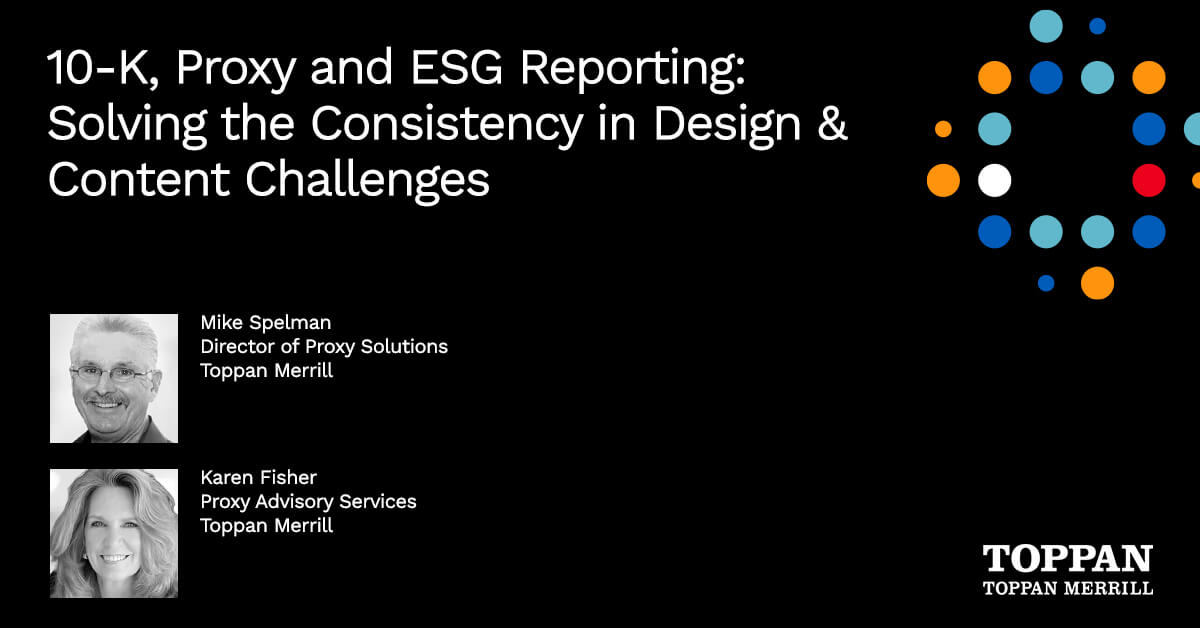Highlights
- Because of a mind-numbing number of climate disclosure standards – as well as environmental, social and governance (ESG) standards – now in effect around the world, companies should be thoughtful and strategic about how they structure their voluntary and mandatory climate disclosures.
- Among other things, the climate disclosure standard(s) that may be most appropriate will depend upon where the company does business, the industry sector in which the company does business, the volume of its business abroad and other factors.
- Climate and ESG disclosure requirements are part of a rapidly changing legal environment that requires close attention, particularly for companies with a global presence.
Companies should be thoughtful and strategic about how they structure their voluntary and mandatory climate disclosures. There are many climate disclosure standards – as well as environmental, social and governance (ESG) standards – now in effect around the globe, including standards adopted by the Task Force on Climate-related Financial Disclosures (TCFD), the European Union’s (EU) Corporate Sustainability Reporting Directive (CSRD) (EU/2022/2464) (double materiality standard) (December 2022), European Financial Reporting Advisory Group (EFRAG), EU Taxonomy Regulation (EU/2019/2088), Sustainability Accounting Standards Board (SASB), EU Non-Financial Reporting Directive (NFRD) (EU/2019/2088), Institutional Shareholder Services (ISS), Global Reporting Initiative (GRI) and United Nations (UN) Principles for Responsible Investment (PRI), to name a few.
A Dizzying Array of Standards
Among other things, the climate disclosure standard(s) that may be most appropriate will depend upon where the company does business, the industry sector in which the company does business, the volume of its business abroad and other factors. Companies need to be thoughtful and careful whether climate disclosures under one set of standards (e.g., EU CSRD/EFRAG, EU NFRD) might cause them difficulties under another standard (e.g., a future U.S. Securities and Exchange Commission (SEC) mandatory climate disclosure rule) because of inconsistencies in the types of information required under the different standards. For this reason, it would be prudent to conduct an ESG regulatory mapping exercise to determine how best to comply with this panoply of potentially relevant regulatory requirements. A company’s internal ESG team should include legal, financial reporting and internal audit functions.
The number of potentially applicable climate disclosure standards can be mind-numbing. For example, two large multinational investment management firms indicated in 2022 that their preferred standard for climate disclosures was the framework established by the TCFD. The SEC in its proposed rule also appeared to favor the TCFD framework, which seems to be appropriate for most companies that will need to provide climate disclosures under the SEC rule once it is finalized. Additionally, most existing and proposed climate disclosure standards appear to require some type of third-party attestation, so this requirement also appears to be appropriate, assuming that there are enough companies experienced in this area to provide the required attestations. The same company cannot provide the attestation if it performed the underlying climate analysis.
The EU intends to issue 40 industry-specific standards, as well as standards for small and medium-size enterprises, in 2023-2024 that are likely to apply to private non-EU companies that meet certain threshold requirements, such as having a particular balance sheet (currently expected to be 150 million euros – approximately $163.5 million – or above), having securities listed on the EU regulated market and having a certain number of employees (more than 250), or having a subsidiary or branch that is within the scope of the CSRD. The EU standards will require broader disclosures than those being proposed by the SEC. Companies doing business in the EU should monitor developments closely and evaluate with counsel how they can comply with all potentially applicable standards.
Of equal interest is the European Commission’s proposal of a Corporate Sustainability Due Diligence Directive that would require companies to conduct supply chain due diligence regarding actual and potential adverse impacts to human rights and the environment. Companies would be expected to evaluate their actions to address climate change mitigation, climate change adaptation, protection of water and marine resources, transition to a circular economy, pollution prevention, and protection of biodiversity and ecosystems. Companies also would be required to ensure that their business model is compatible with the Paris Agreement. Companies doing business in the EU should pay particular attention to this proposed directive, as nothing comparable has yet been proposed in the United States. Germany and Norway have already adopted requirements for supply chain due diligence and reporting, so this trend appears to be the next wave of climate/ESG reporting and compliance.
Additional Considerations and Next Steps
Given the relative newness of these types of disclosures, it is appropriate to approach these disclosures in stages. It might be prudent for companies to expand these mandatory climate disclosures to other ESG and sustainability issues, but to do so at a future date when they have developed the resources and infrastructure to provide information beyond climate-related disclosures.
It also is important to understand the differences in the information evaluated by climate rating agencies (e.g., DiversityInc., CDP, ISS, MSCI, Sustainalytics) when reviewing their ratings. The same company could be evaluated by different rating agencies and receive radically different scores. That is because of differences in the processes by which these agencies evaluate climate risk and the disclosures being made by companies. Does the company rely only on publicly available information or does it actively request information before assigning a rating? These differences in approach can result in dramatically different ratings.
Climate and ESG disclosure requirements are part of a rapidly changing legal environment that requires close attention, particularly for companies with a global presence. Businesses that ignore these trends do so at their peril.
Contact us for additional support or questions about climate change and ESG disclosures.
View the full article for all formatting, tables, footnotes, etc. >>



